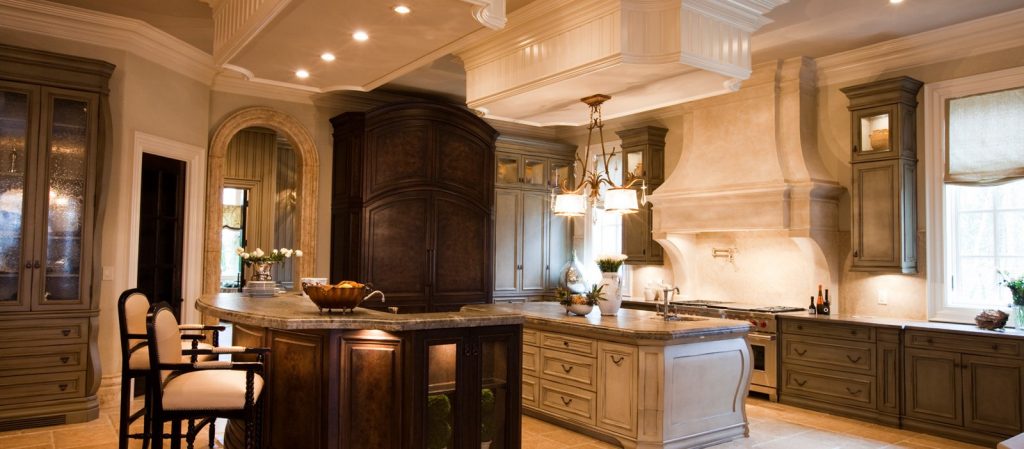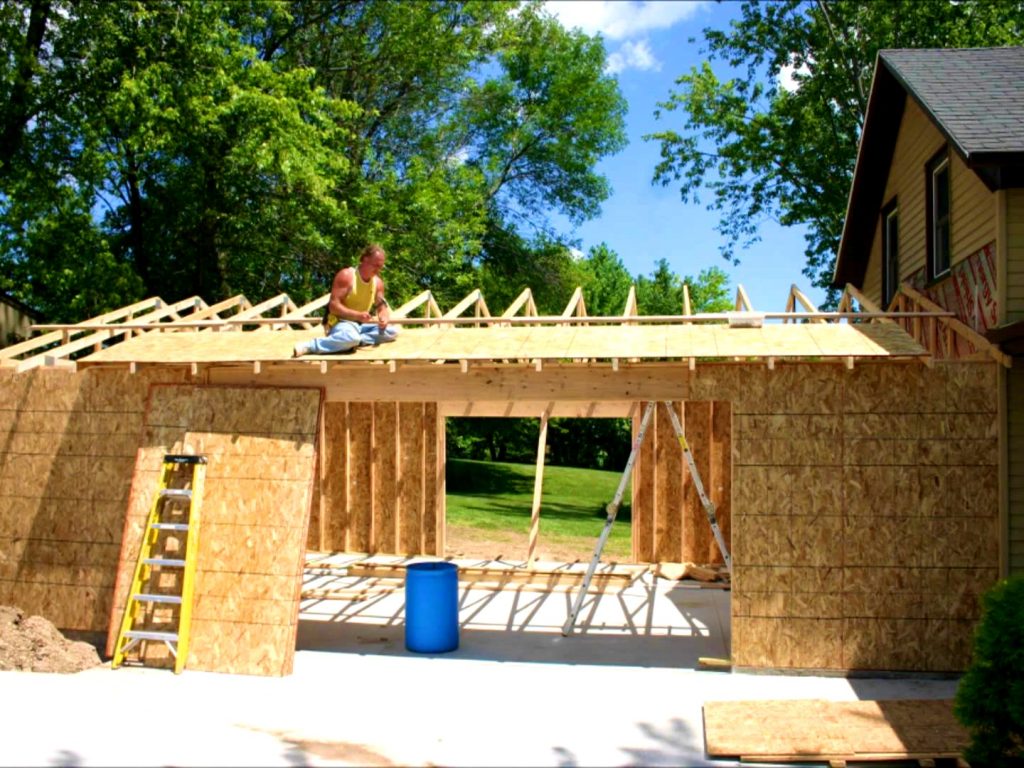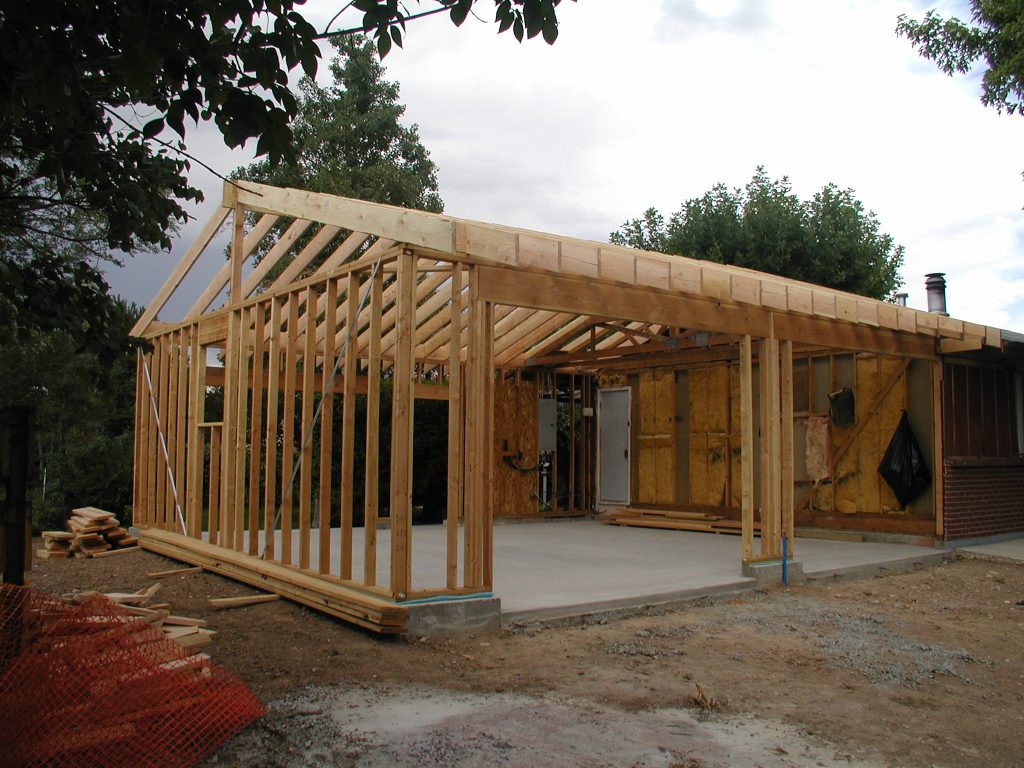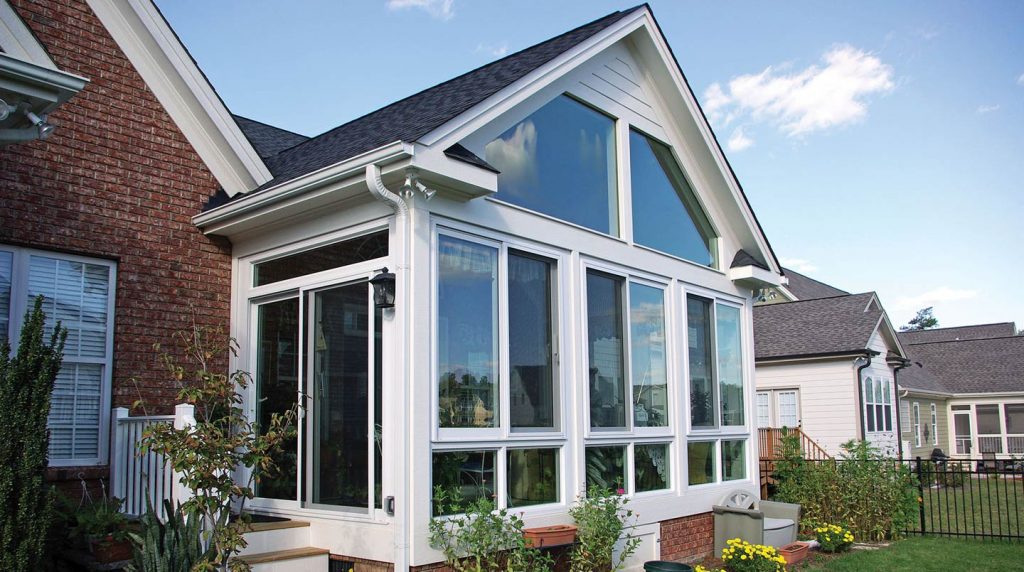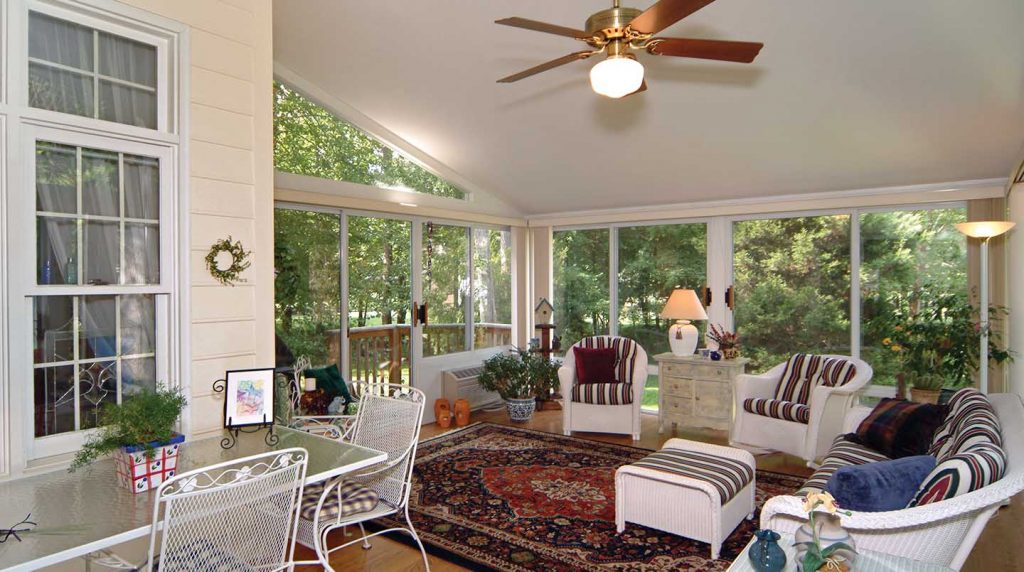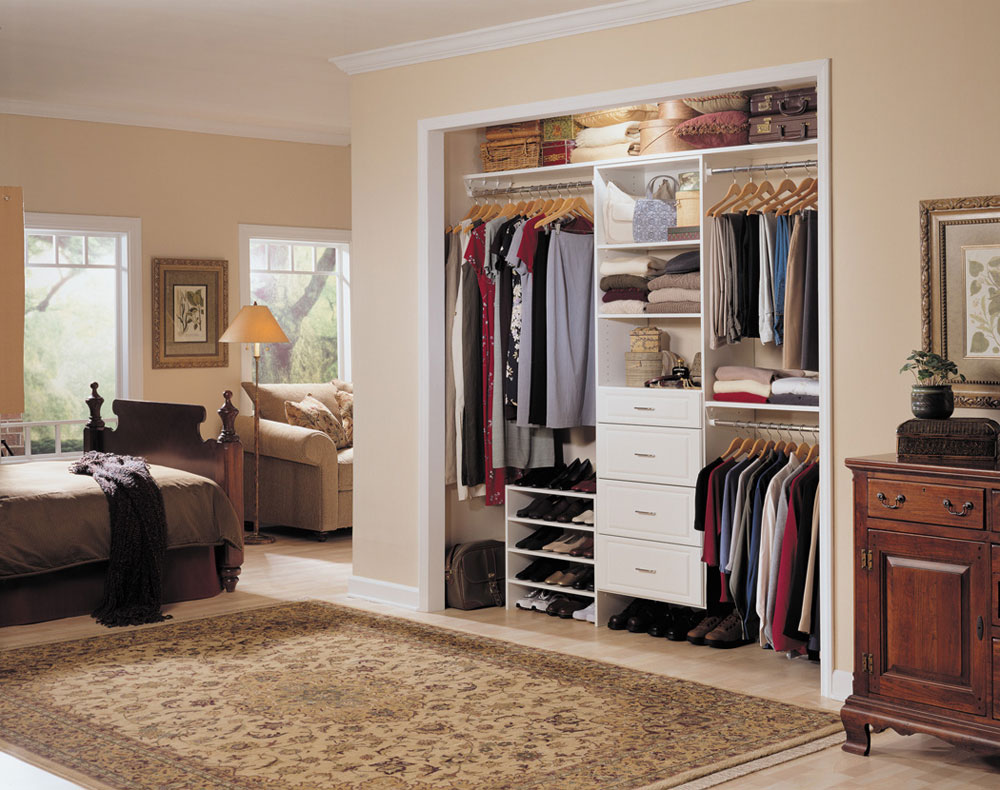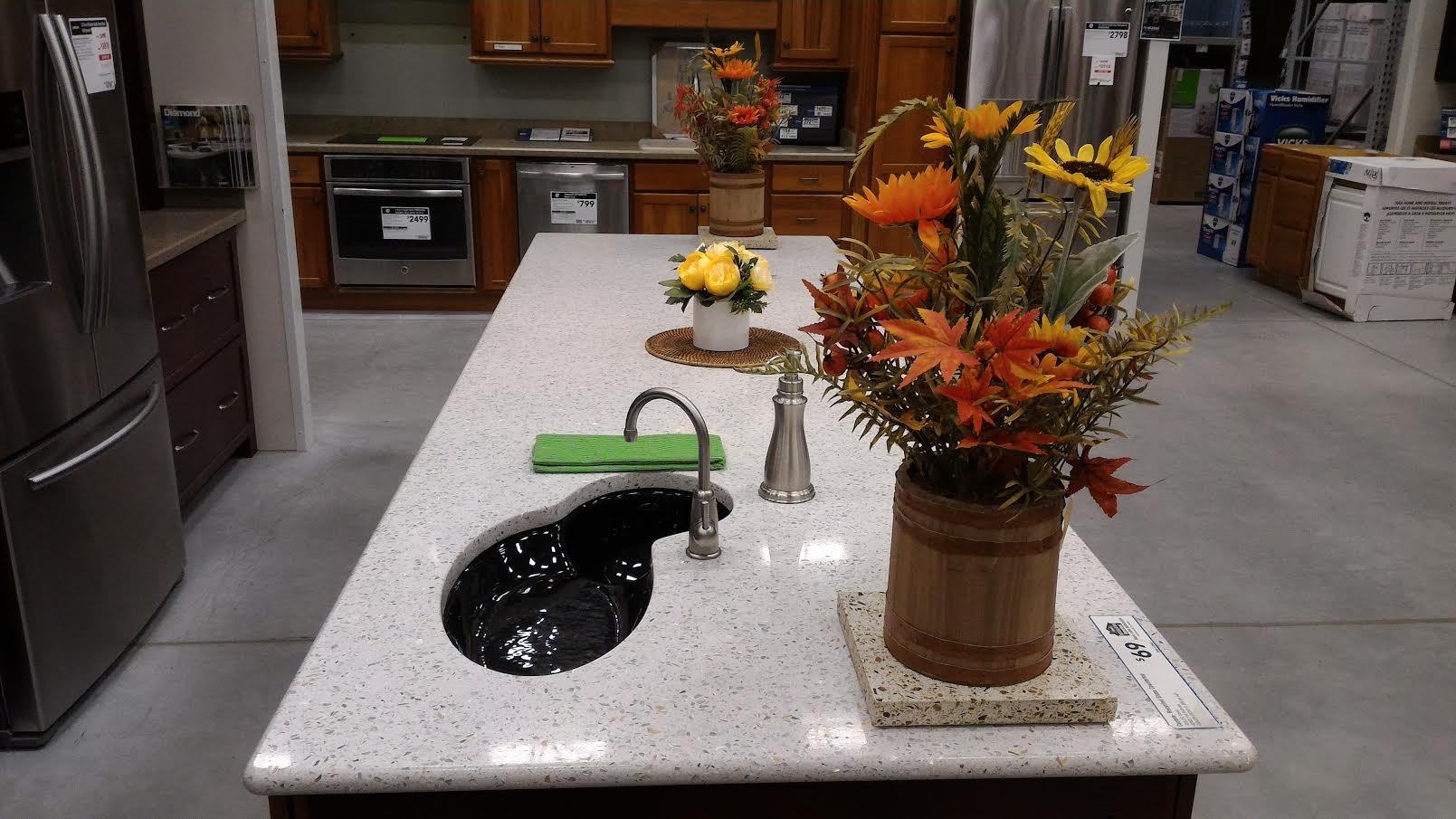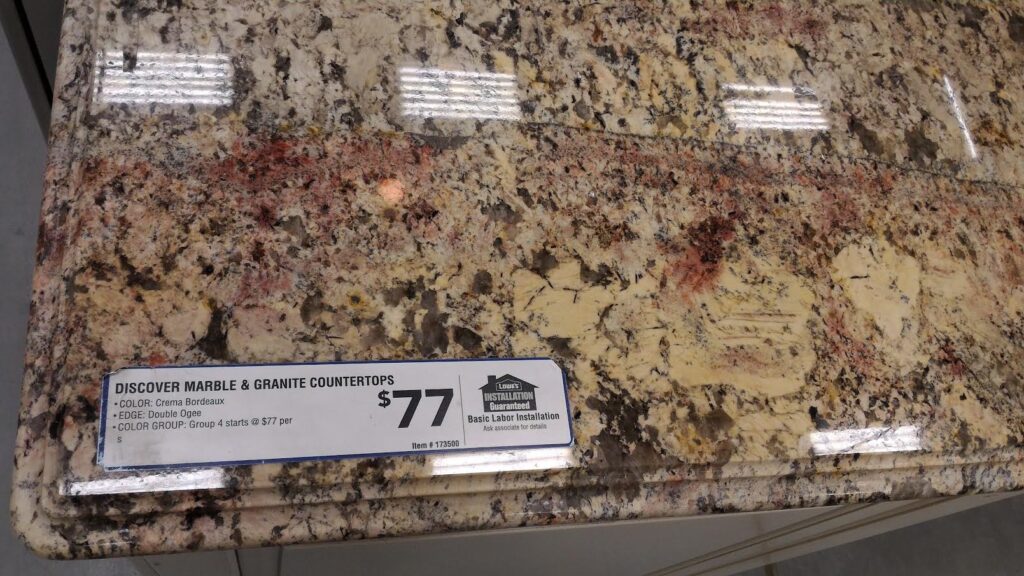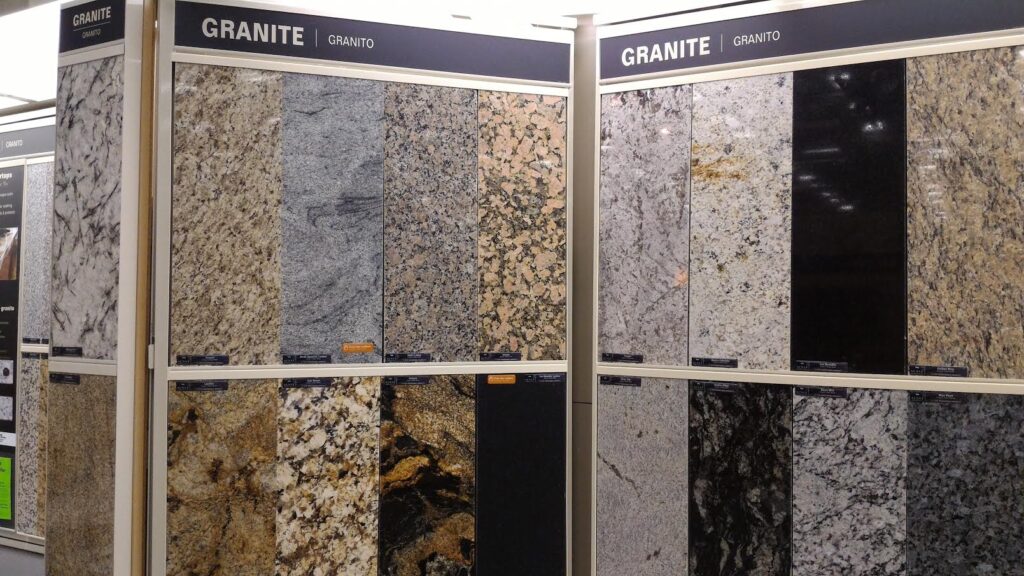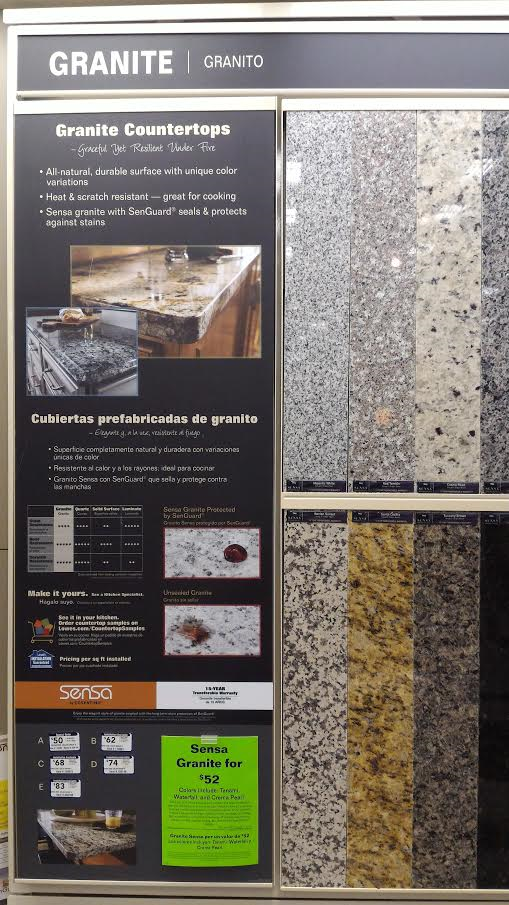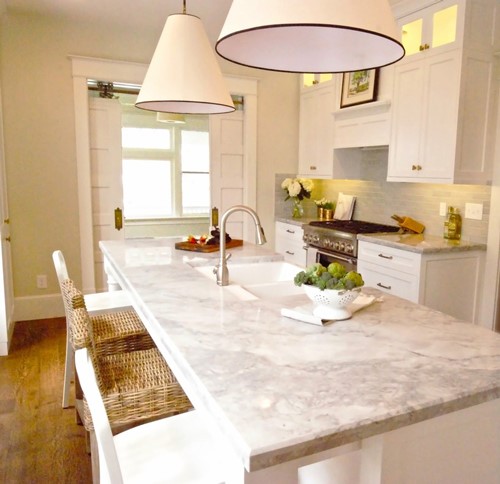This buying guide starts with a list of the best heat pumps updated for 2023 – these are air source, split system heat pumps rather than ductless mini split heat pumps.
Our price list followed by full product reviews gives you, the homeowner, the details you need to make an informed buying decision.
The guide concludes with an explanation of the differences between heat pumps and air conditioners, followed by a brief FAQ section.
The Best Air Source Heat Pumps
- Trane XV18
- Carrier Infinity 24
- Lennox XP25
- Carrier Infinity 18VS
- Payne 16 PH16NA
- Coleman HC19
- Trane XL18i
- Coleman CH6
- Heil Ion 16
- Armstrong Air 4SHP16LE
Where are Bryant, American Standard? Goodman?
Well, Bryant and Carrier are identical brands, so where you see Carrier, think Bryant too. And ditto for Trane and American Standard. The models from the identical brands are identified in the full reviews below.
Goodman? The brand has a huge market share. And it offers decent quality – about middle of the pack overall – with warranties that are above-average.
But what concerns us, and should concern homeowners, is the installation of Goodman equipment. “Anyone” with an HVAC and refrigerant license can install a Goodman.
There isn’t the same quality control as you get with the top brands on this list. And hiring an inexperienced or poor-quality contractor can lead to choosing the wrong size equipment and faulty installation. If done right – great. But the results, if mistakes are made, are poor efficiency, performance, and reliability.
Comparison of Complete Installation Costs
These are installed prices. Unit size for most is 2 tons to 5 tons; the equivalent in BTUs is 24,000 to 60,000. A few of the models are available in a 1.5-ton, 18,000 BTU size.
The full package: These heat pumps are sold in a package that includes the equipment and installation labor.
Equipment includes the condensing unit, or outdoor unit, indoor coil installed in an air handler (typical) or furnace (dual fuel), refrigerant and all installation supplies. A pad for the condensing unit is an option.
Here is the heat pump price list. We’ve broken it down by the heat pump-only, if that’s all you’re replacing, and the Full System if you’re buying the heat pump and an air handler.
| Model | Heat Pump Only | Full System | Performance |
| Trane XV18 | $7,500 – $12,500 | $13,500 – $18,250 | Variable |
| Carrier Infinity 24 | $7,900 – $12,750 | $13,750 – $18,500 | Variable |
| Lennox XP25 | $7,950 – $13,500 | $13,900 – $18,900 | Variable |
| Carrier Infinity 18VS | $7,000 – $11,950 | $12,950 – $17,500 | 5-stage |
| Payne 16 | $5,900 – $10,750 | $11,850 – $16,750 | 2-stage |
| Coleman HC19 | $6,150 – $11,500 | $12,400 – $17,550 | 2-stage |
| Trane LX18i | $6,500 – $11,750 | $12,400 – $17,500 | 2-stage |
| Coleman CH6 | $5,700 – $10,500 | $11,550 – $16,500 | 1-stage |
| Heil Ion 16 | $5,850 – $11,000 | $11,700 – $17,000 | 1-stage |
| Armstrong Air 4SHP16LE | $6,100 – $11,500 | $11,800 – $17,250 | 1-stage |
